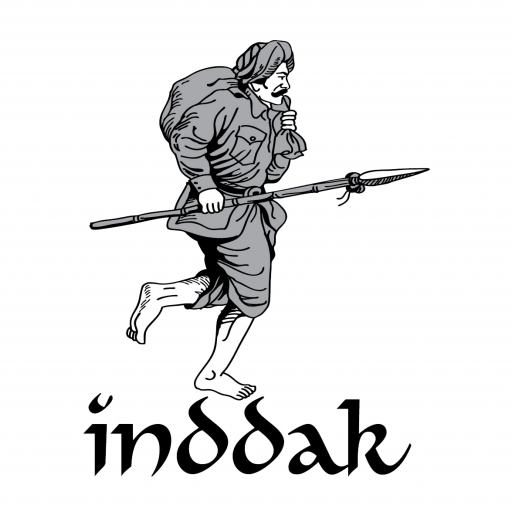Philately in Schools
The hobby of kings and the king of hobbies. The hobby for everyone
Tell me and I forget. Teach me and I remember.
Involve me and I learn.
— Benjamin Franklin
Few hobbies match the flexibility of stamp collecting. It is suitable for nearly all ages. You can collect stamps all 12 months of the year regardless of the climate where you are located. It does not require any special skills or great wealth. Some individuals begin as young as age 8 and many collect until the day they die. Stamp collecting is a wonderful hobby that reflects your interest does not need to cost a lot of money, and most of all are FUN!
Philately in Schools is an outreach service & an Initiative by Inddak. This initiative is structured and designed to spark the interest of the students not only in philately, but also includes strategic cross-curricular links to a wide range of subjects including History, Geography, Art, Science, and beyond. Available to primary and secondary schools throughout Bangalore, we help students discover the story of the post from the Penny Black to the present-day through stamps and archival material from the various collector collections and our own in-depth research. Our workshops support the curriculum and enrich it by encouraging students to take up one of the world’s most popular hobbies. Each workshop lasts for one hour, can be delivered to 1 of 2 sessions at a time.
Inddak Encourages Teachers to Bring Stamps into the Classroom. Inddak also helps teachers learn how to use the colorful world of postage stamps to expand students’ classroom experience. Postage stamps are an easy and fun way to increase student participation in classroom activities. Stamp subjects can enhance any curriculum — from art to physics to literature. They also can be used with any grade level, although they are particularly effective with elementary school children. These tiny bits of paper, and a little imagination, can bring lessons to life.
Here are a few suggestions for incorporating stamps into typical lesson plans: History can be difficult for young students to grasp, but by engaging the class in hands-on activities, the past can become part of their world. Take the story of Lewis and Clark: how can their mission to explore the West and find a passage to the Pacific Ocean be made relevant to 21st-century students? Teachers can highlight the explorers’ route across a modern map of the United States, then challenge their students to follow that trail using stamps. Where did they go? Who did they meet? What did they see? Students can affix the appropriate stamps to the map or make their own illustrated diary of the trip.
Social studies teachers often require students to prepare a report on one of the 29 states. Using stamps to illustrate the story makes otherwise, dry facts become much more exciting. Over the years, the India Post has issued stamps with state trees, flowers, birds, famous architecture, historic sites, notable personalities, historic events, agriculture, arts, and industry. In fact, Inddak is working on a WHOLE SERIES of free stamp albums that can serve as excellent tools for teachers looking for new ideas. These “mini-albums” cover animals, sports, monuments, personalities, movies, space, the Olympics, and more. A brief history of the story behind each stamp is included.
Many people are surprised that stamps can still enthrall and stimulate children today and teachers have been delighted at having discovered such rich supplementary resources for a range of teaching and learning activities.
Many English classes ask students to keep a journal. Why not “A Stamp Album About ME?”
Each member of the class would create a personal album using stamps to show some of the student’s favorite things: sports, food, hobbies, vacations, food, activities, pets, holidays, etc. The album could include separate chapters on family and friends. Stamps are a relatively inexpensive addition to the curriculum. The local post office and mail delivered to private homes or businesses are good sources for new and used stamps. Local stamp clubs often will share duplicate stamps if teachers mention that they want to use them in the classroom.
Why use stamps in the classroom?
• To promote teamwork
• To teach research techniques
• To build communication skills
• To discover aspects of American life
• To explore other countries and cultures
• To encourage creativity through stamp design
• To reinforce language skills through storytelling
• To increase the motivational level of at-risk students
• To challenge the gifted child as he/she explores with stamps
• To enhance the development of reading, writing, and math skills
• And because it’s FUN!
Are Stamps valuable? Of course, People are so not materialistic that, at this point, this would be the last of their concerns when it comes to collecting any valuables. Just for the sake of information, did you know that the world’s most expensive stamp is sold at nearly one billion times its original face value?
Yes, also known as the “British Guiana One-Cent Black on Magenta“, this 1-inch piece of art was originally worth one cent. It was sold in June this year for $9.5m It is the most valuable object by size and weight in the world.
Do get in touch to know more.
